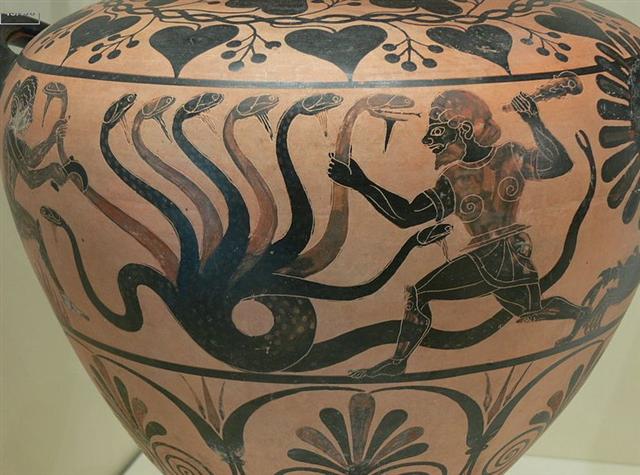3. Let's look at the stars on the front side of the Serpent. There are many such and to simplify I will at present present only those in the outline of the constellation (10 in all because my astronomy book includes also ρ). They are concentrated to the 2nd half of the 16th hour, rising heliacally late in November: 
The star names are from China, excepting that of the brightest, α, which is the Heart of the Serpent. Although there are other names. Allen: "Unuk al Hay, - or Unukalhai, - is from 'Unk al Hayyah, the Neck of the Snake, the later Arabic name for this star; the Uunk al Hay of the Standard Dictionary is erroneous, - a type error perhaps for Unuk. It was also Alioth, Alyah, and Alyat, often considered as terms for the broad and fat tail of the Eastern sheep that may have been at some early day figured here in the Orientals' sky; but we know nothing of this, and these are not Arabic words, so that their origin in Al Hayyah [Arabic for Snake] of the constellation is more probable. Smyth somewhat indefinitely states that Alangue and Ras Alangue appear in the Alfonsine Tables, presumably for this star. α may have been the lucidus anguis of Ovid and Virgil, as it certainly was the Cor Serpentis of astrology. With λ it was known as Shuh, the title of [a] certain territory in China; and Edkins rather unsatisfacorily writes: The twenty-two stars in the Serpens are named after the states into which China was formerly divided. As their radiant point it has given name to the Alpha Serpentids of the 15th of February. ... It culminates on the 28th of July ..." In a footnote he adds: "Although errors in the adoption of Arabic star-names into our popular lists are common, indeed almost universal, this Unuk is peculiarly wrong, for 'Unūk is the plural of 'Unķ." Possibly, I think, the snake once had more than one neck. One of the great feats of Hercules was defeating the Lernaean Hydra:
| ||||||||||||||||||||||||||||||||||||||||||||||||||||||||||||||||||||||||||||||||||||||||||||||||||||||||||||||||||||||||||||||||||||||||||||||||||||||||||||||||||||||||||||||||||||||||||||||||||||||||||||||||||||||||||||||||||||||||||||||||||||||||||||||||||||||||||||||||||||||||||||||||||||||||||||||||||||||||||||||||||||||||||||||||||||||||||||||||||||||||||||||||||||||||||||||||||||||||||||||||||||||||||||||||||||||||


